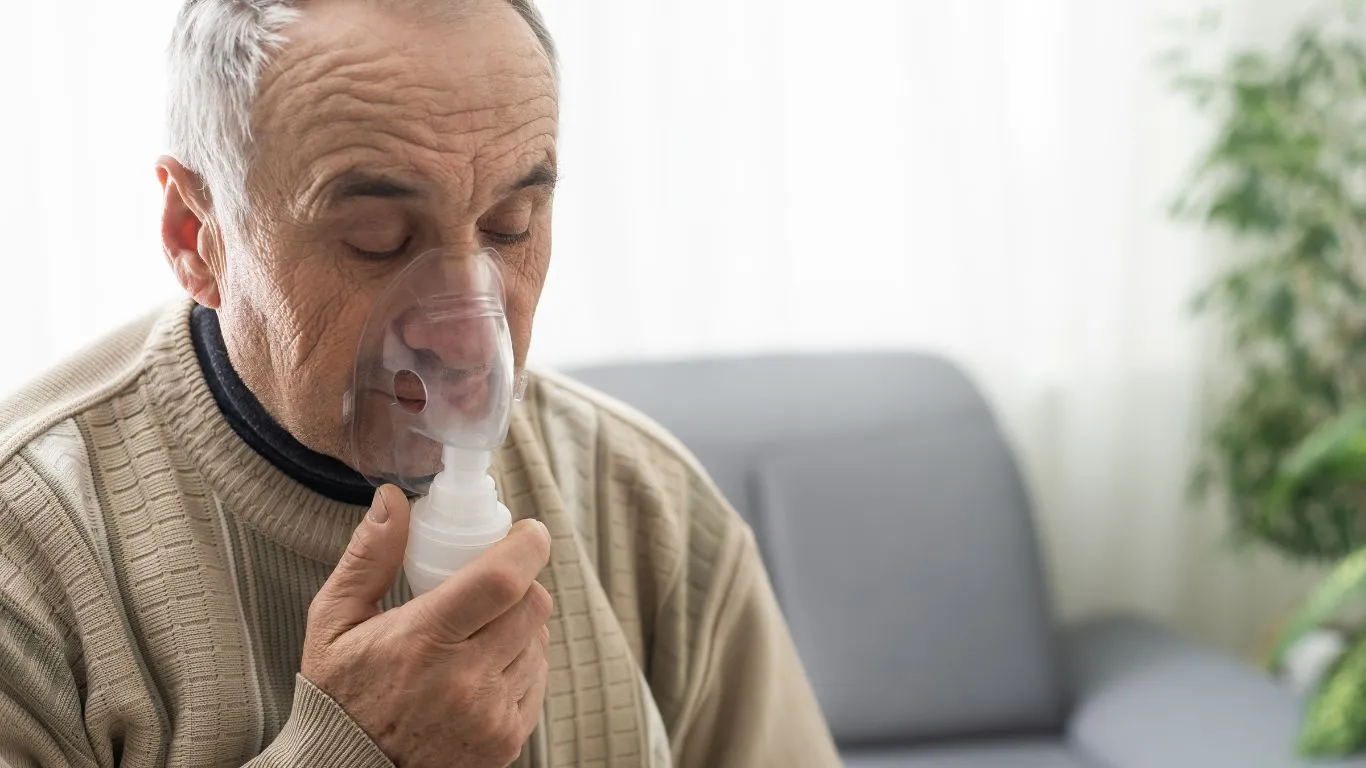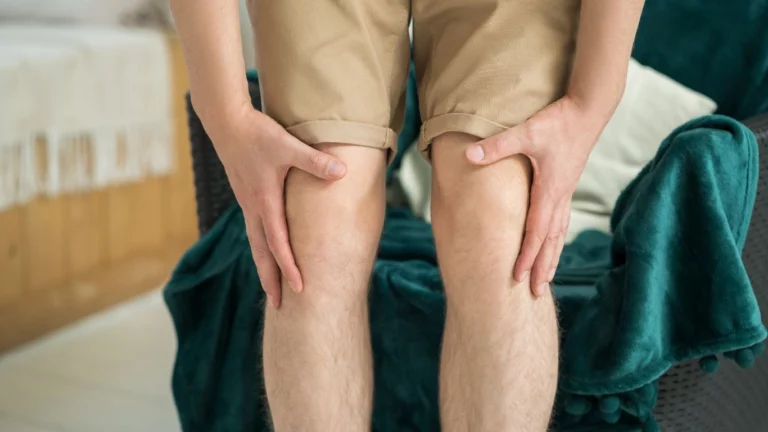Asthma-Safe Cooking Techniques: How to Cook Without Worry 🍳✨
Why Bother with Asthma-Safe Cooking? 🧐
Let’s be real—cooking should be fun, not a stress fest where you’re dodging smoke clouds and worrying about sneezing halfway through dinner. For anyone with asthma, cooking can be a little more complicated. Strong odors, steam, or high heat can set off those dreaded symptoms. But the great news is that with a few adjustments, you can make your kitchen asthma-friendly and still cook up a storm.
Top Asthma-Safe Cooking Tips You’ll Actually Use 🍴

1. Avoid Smoke: Bake, Don’t Fry 🔥
If you love frying foods, it’s time to consider some new methods. Frying creates smoke and all sorts of steam that can really make things worse for your lungs. Instead, try baking or roasting your meals. Seriously, it’s easier than you think, and you can still get crispy, delicious food.
I’ve personally swapped frying for baking (especially chicken wings—trust me, they’re just as crispy!). All you need is some parchment paper or a wire rack, and you’re good to go. No smoke, no problem.
2. Ventilate the Heck Out of Your Kitchen 🌬️
One thing that changed the game for me? Opening the windows while cooking. Sounds simple, right? But it really does help clear the air. If you have an exhaust fan, turn it on! It helps get rid of all those cooking odors and steam that can trigger asthma. And hey, if you want to be extra, get yourself an air purifier. It really makes a difference, especially when you’re whipping up something like stir-fry or sautéing garlic.
3. Go Mild on Spices 🌿
I love a spicy dish, but I’ve learned the hard way that super strong spices—like cayenne or garlic—can be a bit too much for my lungs. Instead, I use fresh herbs (like basil or parsley), which give food a ton of flavor without all the potential for irritation. If you’re cooking something spicy, try just a pinch of chili powder instead of the whole shebang. Your taste buds will thank you.
4. Use the Right Cookware 🍳
I used to cook with non-stick pans all the time, but then I realized that overheating them could actually release harmful fumes. Not ideal, right? So I switched to stainless steel and cast iron, and it was a game-changer. I don’t have to worry about harmful chemicals, and the cooking is still on point. Cast iron also heats evenly, so no more unevenly cooked food.
5. Smell Your Food, Not the Kitchen 🧄
Onions, garlic, and fish can really fill the air with a strong smell that triggers asthma symptoms for some people. If you’re sensitive, you don’t have to give these foods up altogether! Just cook them in a well-ventilated space. Or, if you’re really struggling, maybe try a slow cooker for dishes like stews or soups—this way, the smells are contained, and the food tastes just as good.
Troubleshooting: Common Kitchen Issues and How to Handle Them 🛠️

Issue 1: Lingering Odors
I’ve been there—cooking up something delicious only to have the smell linger forever. If you’re dealing with stubborn food smells, try putting a bowl of vinegar or baking soda out on the counter. It helps absorb the smells. Or, throw in a couple of lemon slices and boil them on the stove for a few minutes. You’ll get fresh air without all the harsh chemicals.
Issue 2: Too Much Smoke
If you find yourself with too much smoke, just lower the heat. For things like stir-frying, I’ve noticed that medium-high heat works just fine. Also, keep a lid handy. It helps trap steam and keep the air clearer.
Issue 3: Overheated Oil
Nothing smells worse than burnt oil. I made that mistake once, and it wasn’t pretty. To avoid it, I switched to oils with a higher smoke point like avocado oil. It handles heat much better, so I don’t have to worry about it overheating and making the kitchen a smoky nightmare.
Real-Life Success Stories: How These Techniques Helped Others 📚

Case Study 1: Sarah’s Kitchen Overhaul
Sarah, a mom with asthma, used to dread dinner time. Every time she cooked, the steam from boiling water or the smells from garlic would set off her asthma. After some research, she decided to install an exhaust fan, start using a slow cooker, and switch to non-toxic cookware. The result? She can cook dinner without worrying about asthma flare-ups, and her family loves the new, healthier meals!
Case Study 2: John’s Smoothie Solution
John, in his 40s, was tired of avoiding certain foods because of asthma. He found that smoothies were a great way to get all the nutrients he needed without triggering his symptoms. He blends fruits and veggies, and it’s a total game-changer. Plus, he gets to experiment with new recipes like green smoothies without worrying about steam or strong smells!
Key Takeaways / Summary 📝
- Asthma-safe cooking is totally doable: It’s about avoiding smoke, strong smells, and things that trigger your symptoms.
- Simple techniques work best: Bake instead of fry, use a slow cooker, and ventilate your kitchen properly.
- Be mindful of spices and cookware: Choose mild herbs and avoid cookware that can release harmful fumes.
You don’t have to give up your love for cooking just because you have asthma. With a few easy changes, you can enjoy a kitchen that’s both asthma-friendly and delicious!
FAQs 🤔
Q: Can I still fry foods if I have asthma?
A: It’s best to avoid frying if you can. Frying produces smoke and strong smells, which can irritate your asthma. Try baking or using an air fryer instead!
Q: How do I handle strong food odors?
A: Open a window, turn on your exhaust fan, and use an air purifier. You can also try boiling lemon or vinegar to neutralize the smells.
Q: What spices should I avoid?
A: Strong spices like cayenne and garlic can be irritating for some people with asthma. Stick with milder options like basil, thyme, and rosemary.
References 📚
- American Lung Association. Asthma-Friendly Cooking Tips. link
- National Asthma Education and Prevention Program. Guidelines for Asthma Management. link
Disclaimer ⚠️
This post is for informational purposes only. If you have asthma, always consult with your doctor before making significant changes to your lifestyle or cooking habits.
Call to Action 🚀
Now that you’ve got the lowdown on asthma-safe cooking, why not try it out in your kitchen? Share your favorite asthma-friendly recipes or any tips you’ve found helpful in the comments below. And remember, cooking should be fun—let’s keep it safe and delicious!


Bianca Nala is a compassionate Nurse Practitioner with a strong background in primary and respiratory care. As a health writer for Healthusias.com, she combines her clinical expertise with a talent for clear, relatable storytelling to help readers better understand their health. Bianca focuses on topics like asthma, COPD, chronic cough, and overall lung health, aiming to simplify complex medical topics without losing accuracy. Whether she’s treating patients or writing articles, Bianca is driven by a single goal: making quality healthcare knowledge accessible to everyone.






